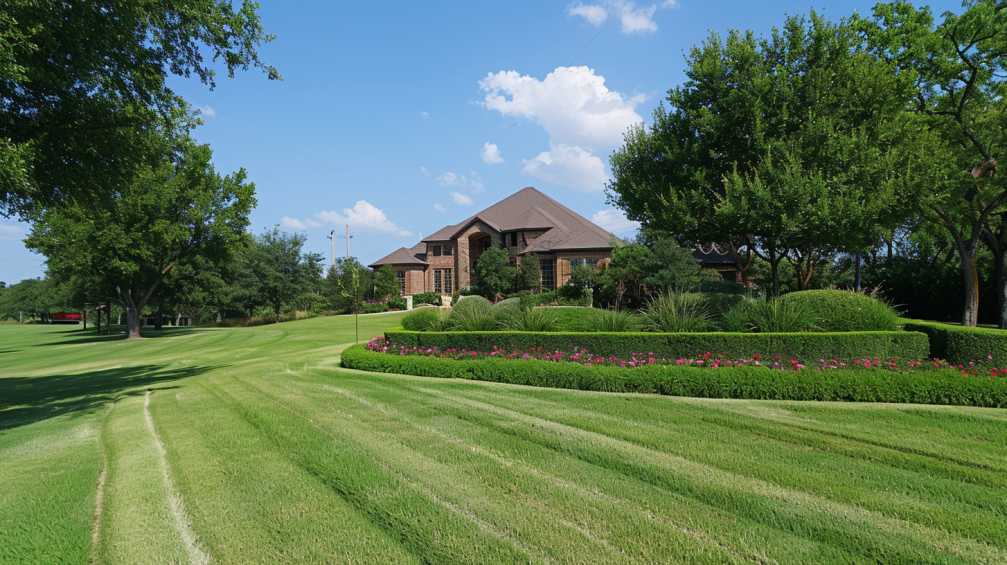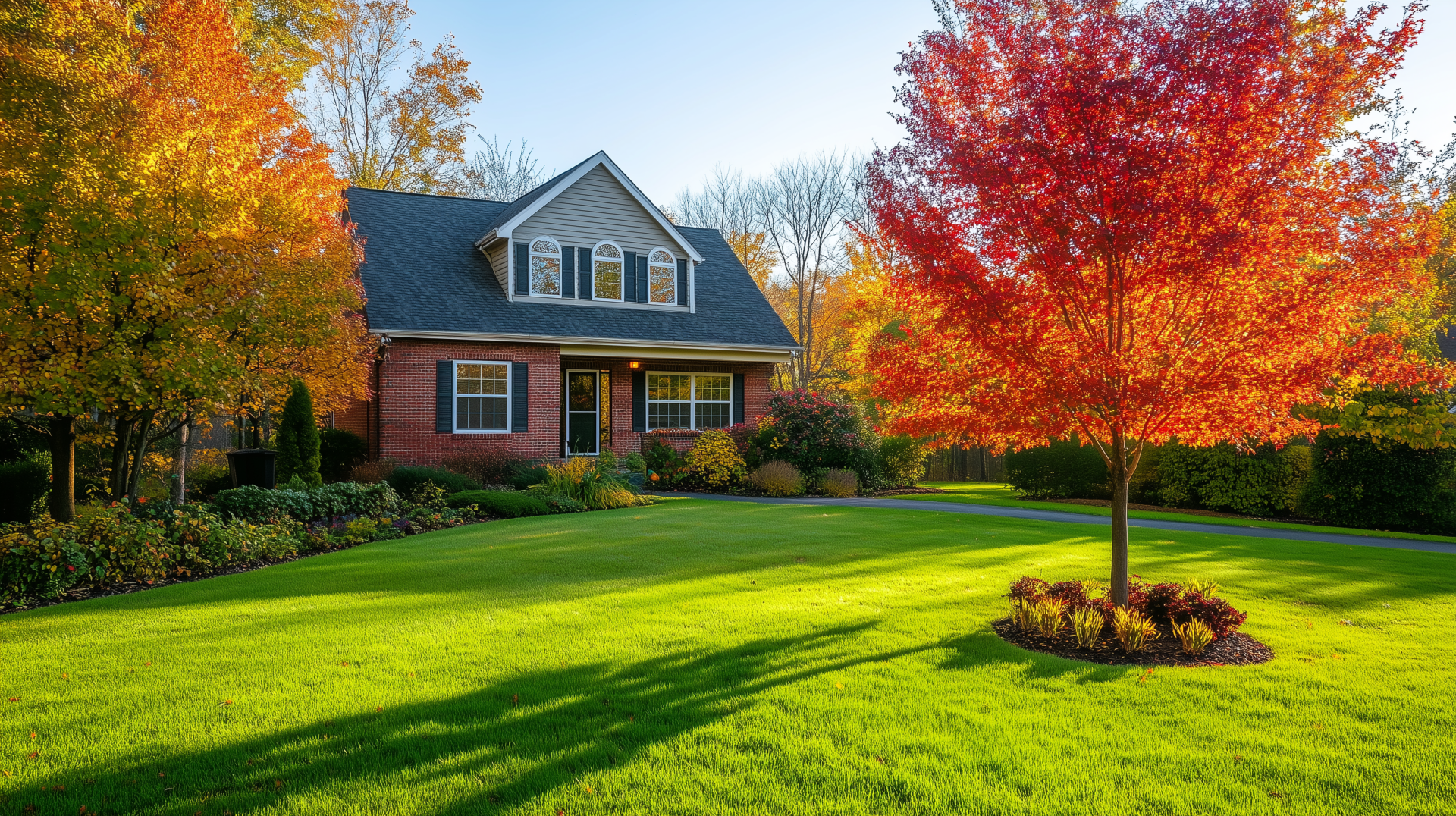
Many Ohio homeowners set lawn care aside assuming there’s little to do during the winter. However, the dormant season plays a vital role in preparing your lawn for a lush, green start in the spring. By focusing on essential winter practices like managing weeds, protecting against pests, and maintaining soil health, you can set your lawn up for success in 2025.
In this article, we’ll explore practical, service-aligned tips tailored to Ohio’s climate, helping you make the most of the winter months. These steps will ensure your lawn enters the new year strong and ready to thrive.
Why Winter Lawn Care Is Essential
Ohio winters bring cold temperatures, snow cover, and dormant turfgrass. While your lawn appears to “rest,” its health is still influenced by winter conditions. Neglecting proper care can lead to issues like:
- Winter weeds establishing themselves and spreading rapidly.
- Pests like grubs overwintering in your soil and emerging in spring to cause damage.
- Compacted soil that stifles root growth and water absorption.
Taking proactive steps during winter ensures these threats are minimized and your lawn’s root system is well-protected. The goal isn’t to grow your grass now—it’s to maintain its health so it rebounds strong and vibrant when spring arrives.
Winter Practices Aligned With Greener Grass Services
- Tackle Winter Weeds with Pre-Emergent Control
Even during winter, weeds like poa annua (annual bluegrass) can germinate, preparing to spread as soon as spring temperatures rise. Applying a pre-emergent herbicide in early-to-mid fall can prevent these invaders from taking hold. Timing is crucial – the application needs to occur before soil temperatures drop too low for the treatment to be effective. While it’s too late to apply pre-emergent once the ground freezes, scheduling it before this stage will help keep your lawn weed-free. - Aerate Before the Ground Freezes
Aeration isn’t just a fall activity; if the ground hasn’t frozen yet, it’s still a valuable tool for improving your lawn’s health. Aeration alleviates soil compaction, which is common during Ohio winters due to heavy snow and foot traffic. By promoting better air and water circulation in the soil, aeration supports root health during the dormant season. - Monitor for Grub Activity
Grubs burrow deep into the soil during winter, with their previous damage visible as dead patches or loose turf in late summer and fall. While preventive treatments are best applied in early-to-mid summer, identifying grub damage now helps plan effective treatment strategies for the following season. - Overseed Bare Spots Early
If there are areas in your lawn that went bare or thin during the growing season, early fall is the ideal time to address them. While late-season overseeding is possible through dormant seeding, the best results come from seeding in early fall when soil temperatures are still warm and there’s adequate time for establishment before winter.
These tasks, grounded in professional lawn care services, ensure your lawn remains resilient during winter while preventing potential problems from taking root.

Winter Threats and How to Minimize Damage
Ohio winters are unpredictable, and understanding the threats your lawn faces is key to keeping it healthy. Here are some challenges and how to address them:
- Snow Mold
This fungus thrives under snow that covers moist, uncut grass. Preventing snow mold starts with proper mowing in late fall to avoid long grass matting under snow. Additionally, raking up debris like leaves prevents mold-friendly conditions. - Soil Compaction
Heavy snow and frequent foot traffic compact the soil, making it harder for roots to access water and nutrients. Aeration, as noted earlier, is an effective way to address this before the ground freezes. - Winter Weeds
Pre-emergent treatments target these weeds at their root, stopping their growth cycle before they can emerge in spring. Acting early ensures these invaders don’t compete with your grass for nutrients. - Grub Damage
Grubs feed on roots, leading to unsightly dead patches in the growing season. Preventive grub control applications in early-to-mid summer provide the best protection, stopping these pests before they can cause significant damage to your lawn.
By focusing on the challenges that align with Greener Grass’s core services, you can make a meaningful impact on your lawn’s health and vitality.
Your Lawn’s Winter To-Do List
Winter isn’t just a time for your lawn to sleep—it’s an opportunity to protect it from threats and set it up for spring success. By incorporating practices like aeration, pre-emergent weed control, overseeding, and grub prevention, you’re investing in a stronger, greener yard for 2025.
At Greener Grass, we understand the unique needs of Ohio lawns, especially during the colder months. Whether it’s controlling pests, improving soil health, or stopping weeds before they spread, our tailored services help your lawn thrive. Call us at (330) 355-8802 to schedule your next lawn care service and make 2025 your lawn’s best year yet!

